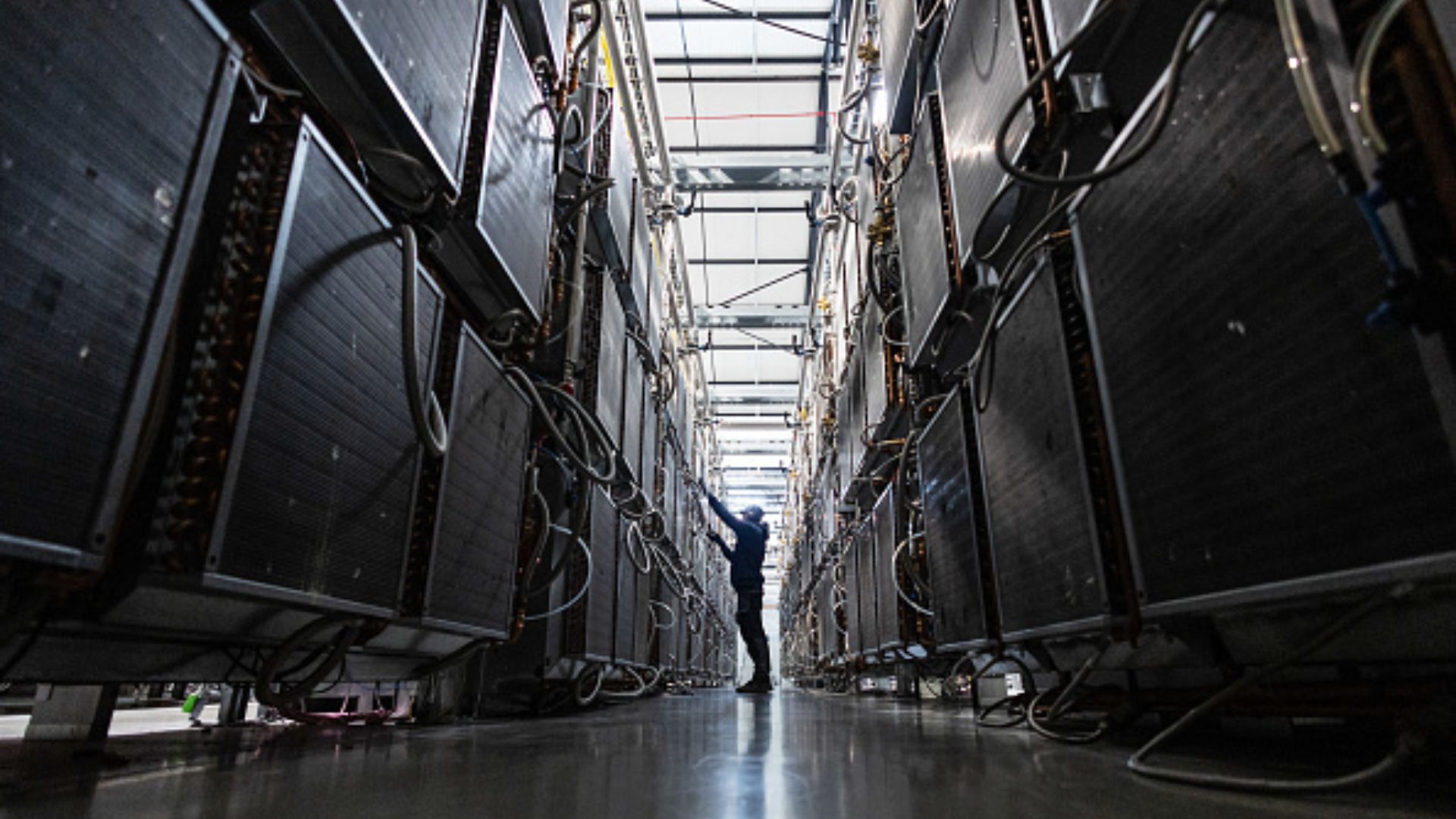
One of the primary worries surrounding AI technologies is their energy consumption, and a recent report indicates that this issue is likely to worsen in the upcoming years. Nevertheless, the report does shed some light on potential solutions.
A study published by the International Energy Agency (IEA), titled Energy and AI, highlights that the energy demands for data centers are expected to double overall, while AI-specific data centers might see an increase of four times. The study utilized global data sets and consultations with governments, regulatory bodies, the tech industry, and international experts.
The energy needed for these data centers is projected to rise from 460 TWh in 2024 to more than 1,000 TWh by 2030, with estimates reaching 1,300 TWh by 2035. Although conventional data centers will also grow, AI-optimized servers are expected to account for the largest share of this increase.
Laura Cozzi, IEA’s director of sustainability, pointed out during a full presentation that the energy demand per individual data center is increasing. Presently, hyperscale data centers consume the equivalent power of 100,000 households, with upcoming facilities set to require energy akin to 2 million households. The scale of the largest facilities proposed is anticipated to demand energy of around 5 million households.
Despite the significant rise in energy use, the report argues against a totally pessimistic outlook regarding climate impacts. It begins with an emphasis that over 100 countries have established agreements to achieve net zero emissions between 2030 and 2070.
Cozzi’s pointer about energy demands indicates that the path to net zero will likely involve offsets rather than strict regulations over AI technologies. The study suggests that advancements in AI may help rectify inefficiencies in various energy sectors, thereby aiding in reducing methane emissions as well as larger industrial emissions.
The report also claims that the expansion of existing AI applications could result in a 1,400 Mt CO2 emissions reduction by 2035, although it cautions that widespread adoption of these technologies is not currently progressing. Claude Turmes voiced skepticism over the findings, critiquing the lack of actionable recommendations for governments to mitigate AI’s adverse environmental impacts.
